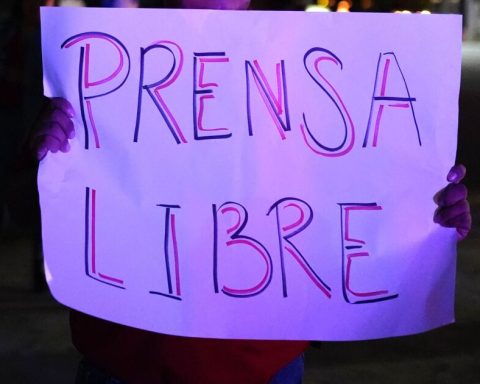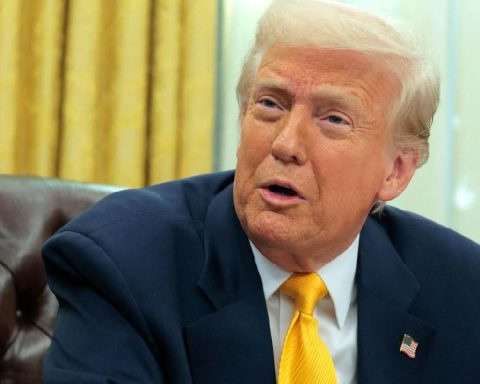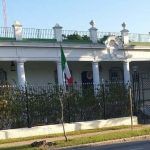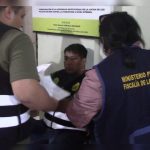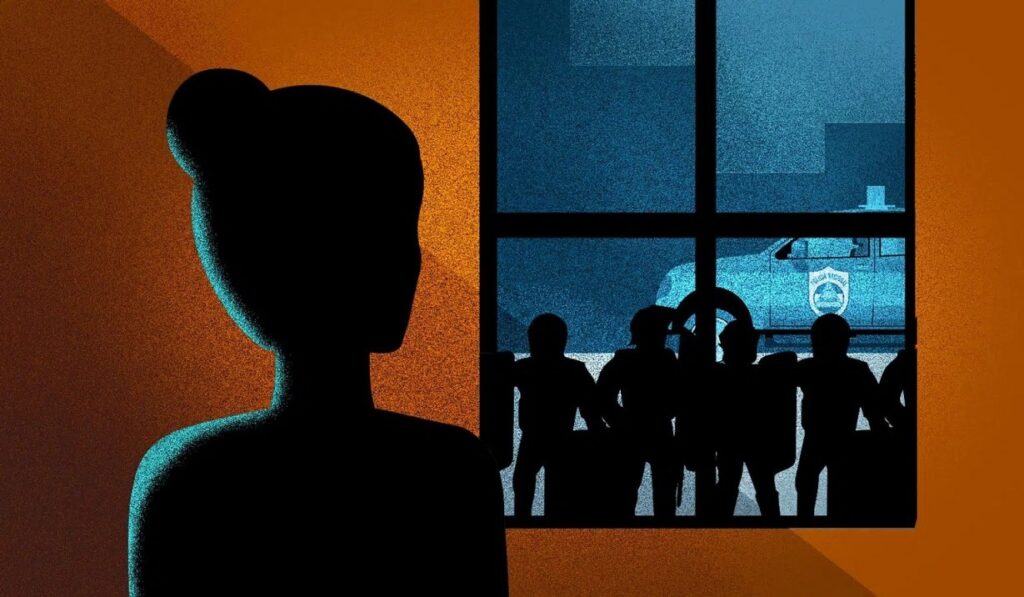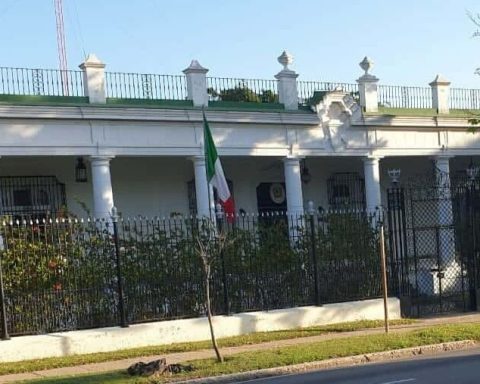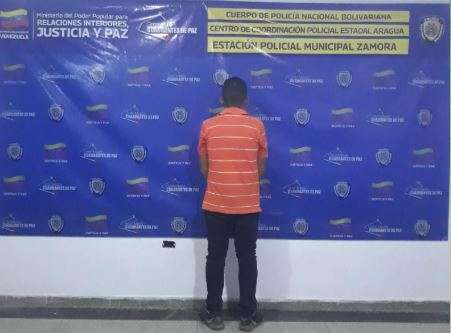AND
he period 1999-2015 represented a particularly complex phase for UNAM. Two rectorates that, headed by doctors Juan Ramón de la Fuente and José Narro, will express their specificity and will represent a kind of long cycle for the institution.
These are the years of the first alternation: the rise of PANism and the return of PRIism to power. Although it is a stage of partisan succession, it is possible to maintain that government policies are part of a transexennial and transpartisan context. Thus, during the governments of Fox, Calderón and Peña, the government guidelines reached a high level of convergence. The last stretch of those years, 2012-15, includes the Pact for Mexico, which crowns the inter-party alliance and proposes several structural reforms – educational, energy and communications – that will give direction to official policies. Such a scenario will be accompanied by a growing social polarization and by the exacerbation of violence and insecurity.
For UNAM it is a period of great intensity in which there are events ranging from the 1999-2000 strike to the unprecedented condition of having two consecutive eight-year rectorships. De la Fuente’s management (1999-2003 and 2003-07) shows parallels to the model of the rectors Soberón and Sarukhán, who, having headed UNAM for two periods, left a profound mark on all its areas. Both began their management after deep crises and focused, in the first period, on managing the conflict, while, in the second, they promoted academic reforms. De la Fuente was no exception and began a notable effort to restore order and promote the reconstruction of the university image. It is pertinent to mention the incorporation of the UNAM to the scheme of rankings international.
A relevant factor during the beginning of the new administration –whose head came from President Zedillo’s cabinet– was the new national political conformation, which would exert significant echoes in the institution. Thus, the arrival of the PAN member Fox to the government and the consequent redefinition of the political elites represented a significant distancing of the institution from the federal government. Meanwhile, institutional relations with other spheres of power, such as the Legislature or the government of Mexico City, were strengthened, counteracting the estrangement and allowing UNAM relative strength on issues such as the budget and its presence before the broad scenario national. In the institution, a recomposition of the political groups would operate, opening positions to actors outside the PAN, but also to a segment of the university left that was integrated into the UNAM government. This would operate in favor of another institutional discourse that was expressed in favor of the public university, free higher education and the defense of the UNAM baccalaureate, issues until then promoted from critical positions.
In the middle of the strike and from his first message to the CGH, the rector will emphasize his willingness to negotiate. In addition, at the beginning of 2000, the rector would present a proposal for a university congress, which was outlined as an element to contain student demands. The proposal, rejected by the CGH, included the suspension of the new payment regulations, the withdrawal of acts and sanctions, as well as the interruption of the university’s relations with the National Center for Evaluation. On January 20, a plebiscite would be held: almost 180,000 university students expressed their support for the proposal. However, given the ineffectiveness of the plebiscite, on February 6, 2000, the Federal Police will occupy the university facilities and put an end to the strike with the arrest of almost a thousand students.
The authorities would establish an institutional recovery strategy at various levels. One was that of dialogue and conciliation, raising the feasibility of promoting a university reform and creating structures for the political containment of the conflict. Although such structures faced repeated challenges to their representation, they also played a significant role in defusing the institutional crisis.
As institutional recovery progressed –and even with untimely closures in university spaces– a commitment was forged to promote a reform project. Thus, the university managed to defuse a conflict in which multiple forces had participated and stood up to a government that questioned the role of the institution.
Enrique Semo, professor emeritus at UNAM, expressed it: “It must be said, in honor of the university community and the progressive sectors of society, that this campaign [de desprestigio] has had limited success. […] The UNAM is still standing, a center of scientific development, of cultural irradiation and an example of linking the intelligentsia with the most vulnerable sectors of society. The imposition of the neoliberal model has advanced inside and outside the UNAM, but it is far from having succeeded (The public university under attack
, Process 1296, 9/2/01).


